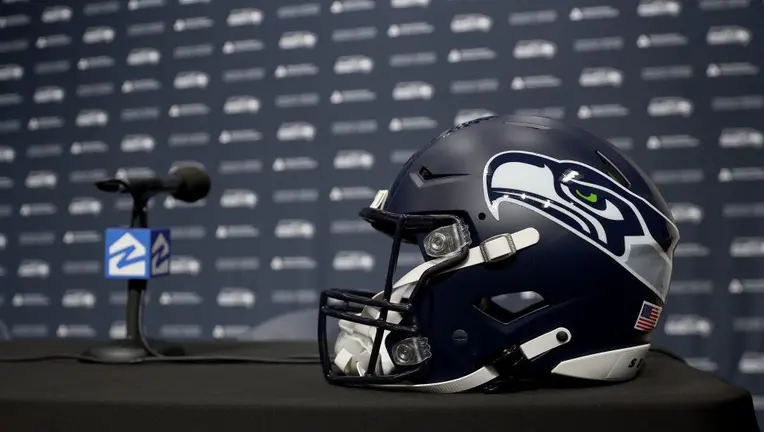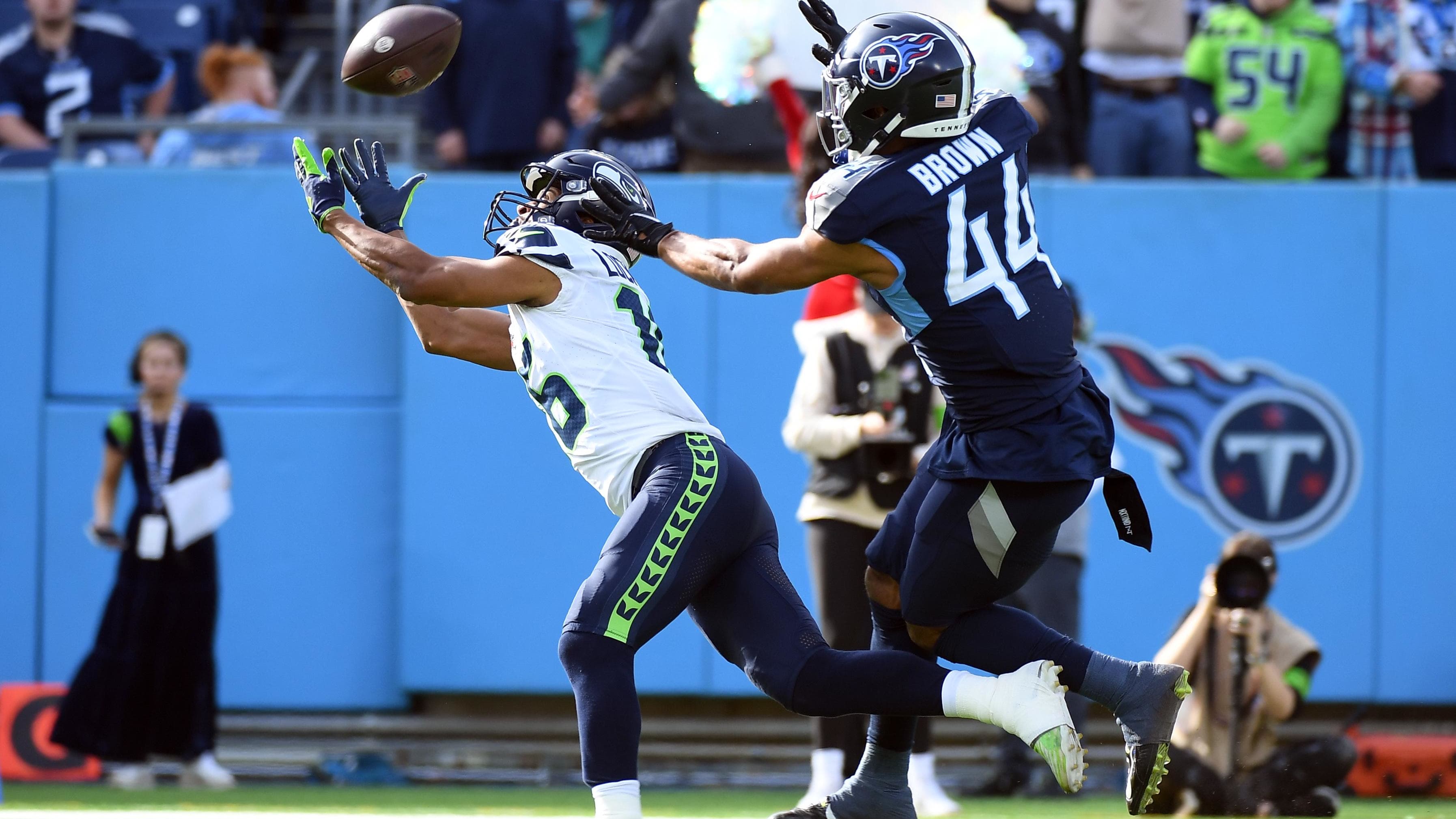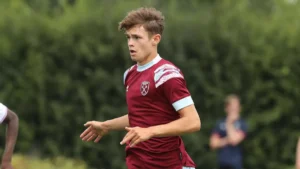
During a conversation I had with Seattle Seahawks general manager John Schneider two weeks ago at the NFL’s annual meeting in Orlando, Fla., I asked him about the possibility of picking in the second round of the upcoming draft.
His response was affirmative, stating, “Yeah.”
However, when questioned further about his anticipation regarding this, Schneider replied, “Maybe. I know where you’re going with that. There’ll be cutoffs, though. There’s going to be chunks all the way through. We call them ledges. Like, where do you go? Can you stay in that area and pick a really good player, or can you go back and take two of these players?”
Schneider is likely to entertain the idea of trading back when the Seahawks are on the clock with the 16th pick in the NFL Draft later this month, considering their lack of quality draft capital and the numerous holes in their roster.
Without a second-round pick due to the Leonard Williams trade, and with only pick No. 81 in the third round, the Seahawks will be looking to accumulate more draft assets. This will prompt Schneider’s staff to be active on draft night, exploring potential trade-back scenarios.
One possible scenario involves marginal movement, where the Seahawks could move back four spots and acquire pick Nos. 98 and 178 from the Pittsburgh Steelers. The Steelers, who acquired an extra third-round pick from the trade involving quarterback Kenny Pickett to the Philadelphia Eagles, could be an enticing trade partner. Although moving back four spots wouldn’t yield a second-round pick, it would provide the Seahawks with additional draft capital while still allowing them to select a player they value.
A similar strategy was employed by the Seahawks in 2012, when they traded back from the 12th to the 15th pick and acquired selections that became defensive lineman Jaye Howard and cornerback Jeremy Lane. Meanwhile, the Rams present another potential trade partner, as they hold the 19th pick and a compensatory third-round pick (No. 99). Given their draft assets and the Seahawks’ needs, a deal with the Rams could see Seattle acquire an earlier third-round pick and potentially exchange some Day 3 picks to select twice toward the end of Day 2 while still securing a quality player with the 19th pick.
The Miami Dolphins (21st pick) and Eagles (22nd pick) are currently low on draft capital, potentially diminishing their eagerness to move up in the draft. Meanwhile, the Minnesota Vikings hold the 23rd pick, but it appears likely that they will seek to package it in a deal to move into the top five to target a quarterback.
Given this landscape, dealing with the Rams or Steelers appears to be the most logical path for the Seahawks if they aim to trade back while staying above the “cutoff” point mentioned by Schneider. Depending on how the draft board unfolds, Seattle could execute a trade-back strategy and still address their needs, such as the offensive line with players like Washington’s Troy Fautanu or Oregon State’s Taliese Fuaga. Additionally, defensive tackles like Johnny Newton and Byron Murphy II may still be available in this scenario.
Scenario 2 presents the possibility of a significant slide back for the Seahawks in the first round of the NFL Draft, reminiscent of their approach in 2018 when they held the 18th pick but lacked selections in the second or third rounds due to previous trades. In need of additional draft assets, the Seahawks traded back nine spots, ultimately selecting running back Rashaad Penny with the 27th pick, while acquiring extra selections in the third and sixth rounds that led to defensive lineman Rasheem Green and outside linebacker Jacob Martin.
A potential trade partner for such a scenario this year could be the Green Bay Packers, who hold pick No. 25 in the first round, as well as several picks in later rounds. In 2018, the Packers traded up for cornerback Jaire Alexander, and they may have interest in targeting a defensive back or an offensive tackle in this draft, positions of strength.
Moving back nine spots in the first round could benefit the Seahawks, allowing them to address their top needs such as interior offensive line, inside linebacker, and safety with their additional draft capital. The Buffalo Bills, owners of pick No. 28, are also mentioned as potential trade partners, particularly if they seek to address their need for a receiver.
By pursuing this path, the Seahawks would have the opportunity to select from a pool of prospects at positions of need such as defensive lineman Darius Robinson, center Jackson Powers-Johnson, edge rusher Chop Robinson, guard Graham Barton, and inside linebackers. This would provide them with three top-100 picks and the flexibility to address their pressing needs.
However, it’s worth noting that the Seahawks’ history with late first-round picks hasn’t always yielded successful outcomes, with previous selections like James Carpenter, Germain Ifedi, Penny, L.J. Collier, and Jordyn Brooks failing to have their fifth-year options picked up. This underscores the challenges associated with operating in the bottom of the first round for Seattle.
Scenario 3 presents the option for the Seahawks to trade with teams like Green Bay, Buffalo, or Arizona and then make another move to exit the first round entirely. A team to consider in this scenario is the Carolina Panthers, who have pick Nos. 33 and 39 in the second round but lack a first-round selection. Carolina’s general manager, Dan Morgan, previously worked on Schneider’s staff and could be a potential trade partner for the Seahawks.
Another team to keep in mind is the Washington Commanders, who have pick Nos. 36 and 40 in the second round and no pick in the fourth round. They also possess three third-round selections, including one acquired from Seattle. While they have already swapped picks with the Seahawks in a previous deal, draft weekend dynamics could lead to further opportunities for trade.
Moving out of the first round would enable the Seahawks to accumulate additional draft assets while still having the chance to target quality prospects early in the second round. Some prospects who could still be available on Day 2 include inside linebackers Edgerrin Cooper, Junior Colson, and Payton Wilson, defensive tackles T’Vondre Sweat, Kris Jenkins Jr., and Michael Hall, offensive linemen Jordan Morgan and Cooper Beebe, and safeties Jaden Hicks and Tyler Nubin. This strategy would provide the Seahawks with flexibility and the opportunity to address multiple areas of need in the draft.


/cdn.vox-cdn.com/uploads/chorus_image/image/73257881/1933513866.0.jpg)






